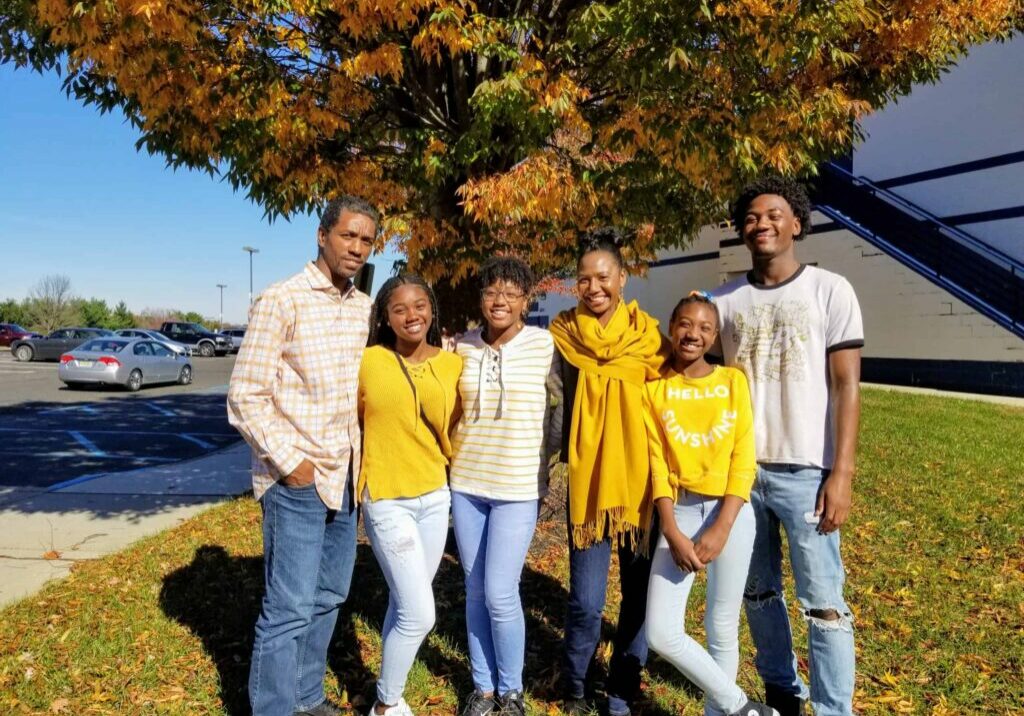By Hussain Haqq
Being the parent of three intelligent, confident, strong young ladies, we have been very blessed to score on the lower end of the Adverse Childhood Experiences study (ACEs). ACEs measures the traumatic childhood experiences that have been shown to have long-lasting effects on a child’s development and on their future generations.
For example, a student who experiences the pain of their parents’ divorce may carry with them a sense of unworthiness, abandonment, anger, and confusion well into adulthood. That student is more likely to experience a challenging time loving a mate and raising children.
Students with high ACEs scores are more likely to experience health problems such as asthma, diabetes, and high blood pressure.
Unfortunately, many female students of color across our country don’t have the luxury of having a low ACEs score because of the environment they were born into, or community conditions and societal norms in which they were raised. Often, this is compounded with implicit and explicit biases and microaggressions from, believe it or not, educators.
On Friday, May 22, NEA Aspiring Educators held a movie night via Zoom featuring the documentary, “PUSHOUT: The Criminalization of Black Girls in Schools” by Dr. Monique W. Morris. This riveting documentary exposes how female students of color are treated in a system of education that marginalizes them by pushing them into compromising situations unlike any other ethnicity of female students.
Morris tells the stories of four young African-American students from second grade through high school. The first student’s experience brought me to tears. As a Climate and Culture Specialist, I have witnessed students being sent into hallways as a form of punishment. The second-grader in the documentary was sent out of the classroom and ignored. Frustrated, she walked out of the school and over a busy overpass while thinking of taking her life. Luckily, she changed her mind.
She walked to a Walmart only to be put out there. She walked to a restaurant where staff called the police. They dismissed her because she was Black. Can you imagine if this were your seven-year-old child? I began crying for this student, because I could see my three school-aged children in her.
Last year, my oldest daughter called me on my cellphone to let me know she was pursued by the security officers for no reason. I can still hear her voice trembling. Even as I type these words now as chills overcome my body. Even now it’s difficult for me to tell her story, but I will tell you this… she did NOTHING wrong. I immediately left my work and traveled 40 minutes to her school to resolve the issue, which ended up being the adults’ need to “flex” power over a student of color. Not just any student, my daughter.
My daughter has been an honor roll student for the four years she spent at her school. Her GPA is 4.5. She is an actress and has held the lead role in many of her school’s productions. She is a leader on the field as a soccer player.
My daughter is many things, but a trouble-maker or criminal she is not! But a cafeteria worker and security guard unjustifiably treated her as the latter. It was this personal experience that came rushing back to me as I watched this second-grade student’s story being told.
As a person of color, and being in the position I am in, it is challenging to have conversations on fairness, compassion, self-reflection, and “discipline with dignity” with staff members. It touches home for me as a father, and I have to maintain self-control when calling out staff members’ implicit biases when they surface in school.
“PUSHOUT” is an excellent conversation starter. I believe the natural progression of the conversation has to lead to reflection on our own implicit and explicit biases and the impact of those biases in educating our youth, particularly female students of color.
Hussain Haqq is Climate and Culture Specialist with Trenton Public Schools. He is an association representative for the Trenton Education Association and represents Mercer County on the NJEA Editorial Committee.
